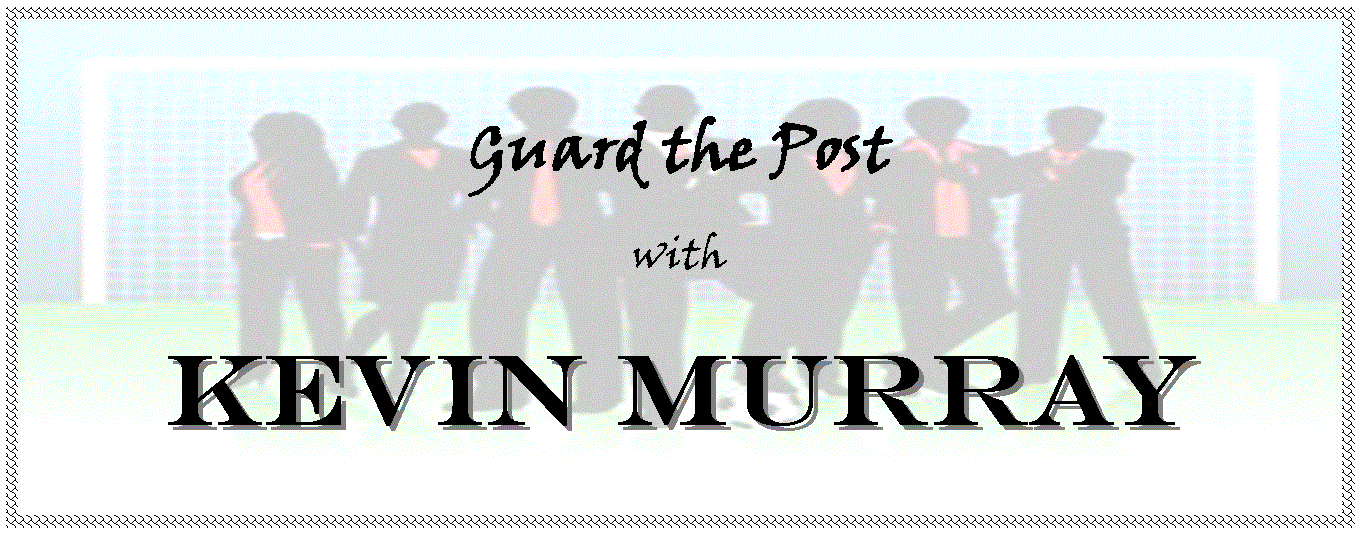Sorry, NCAA. The "unforeseeable" resolution to this National Labor Relations Board (NLRB) case happened. NLRB Regional Director, Peter Sung Ohr ruled that the football players at Northwestern more than fit the definition of an employee under federal law, and in turn, have the right to form a union and collectively bargain with their employer, Northwestern University. The full decision can be found here; definitely worth the read.
Myself, a long with the majority of others that follow this case and college athletics, were not surprised by the decision. It is no secret to anyone that athletes at the Division-I level, specifically in revenue producing sports, are participating in more than 40 hours per week of sport based activities, double the ceiling placed by the NCAA.
The question of whether athletes could be considered employees had a pretty easy answer, which is highlighted in the decision by the board. The question of what's next requires a bit more analysis. Obviously, Northwestern will be appealing the decision to the National Labor Relations Board National office, athletic departments across the country will attempt to qualm any thoughts of unionization filing among their student-athletes, and the NCAA will prepare for yet another long, expensive, legal battle for themselves and their member institutions. All of these things are givens.
What may not be as easy to grasp is the voice of the general public. For years, the amateurism mind game and hypnosis has molded the public opinion against student-athlete rights and convinced the masses that the guise was the best model for college sport. In reality, student-athletes were simply unrepresented, unrewarded, and mistreated. Now, as I peruse message boards, comment sections on articles, and read pieces written by experts, I see a change. Although the idea of pay-for-play still needs to get a strong foothold, the idea that student-athletes ARE NOT being treated fairly and are being exploited by the system is beginning to pick up speed.
The first step was the application and the second step was the delineation of football players as employees. Who knows what is next in terms of court findings once this issue reaches federal and national levels, but what I know for sure is that the most important step has been leaped over. The hardest bridge has been burned, and there is no going back. The student-athletes are beginning to have the public on their side. Thanks to our technological society, conversation and ideas flow extremely fast, and that flow is changing directions and focusing in on Indianapolis.
Watch out, NCAA. The vortex is on the way.
---

Kevin Murray is a Pre-Junior Sport Management major at Drexel University, originally from Havertown, PA. In the past, Kevin has worked for Drexel Sport Management doing research on Title IX and collegiate sport, as well as for Drexel Athletics in multiple roles culminating in his first co-op in the External Relations department, where he still works part-time. Along with his duties as a Resident Assistant on campus and as the Vice President of Drexel SMTSU, Kevin is currently on co-op with the Drexel University Office of Institutional Advancement as a Student Liaison for their Alumni Discovery Initiative. You can follow Kevin on Twitter @kevinj_murray.
Connect with Kevin on LinkedIn.


The thing that bothers me about this decision is people over-looking the rights of the athletes and jumping straight to pay. There are bigger issues that must be tackled before payment is even discussed.
ReplyDeleteYes, there are the people who see employee status and jump to payment, but those are also that people who are beginning to see what changes need to be made and the value in this current argument. Before concerns over safety, lack of representation, etc were publicized the thought on everyone's mind when ever a student-athlete complained was "all they want is to get paid". At least now, it is safe to say that the idea of a union of players with employee status simply bargaining for the rights that they deserve without initial conversation of payment has begun to rumble around the skulls of the infamous trolls.
Delete